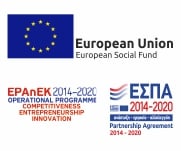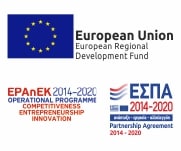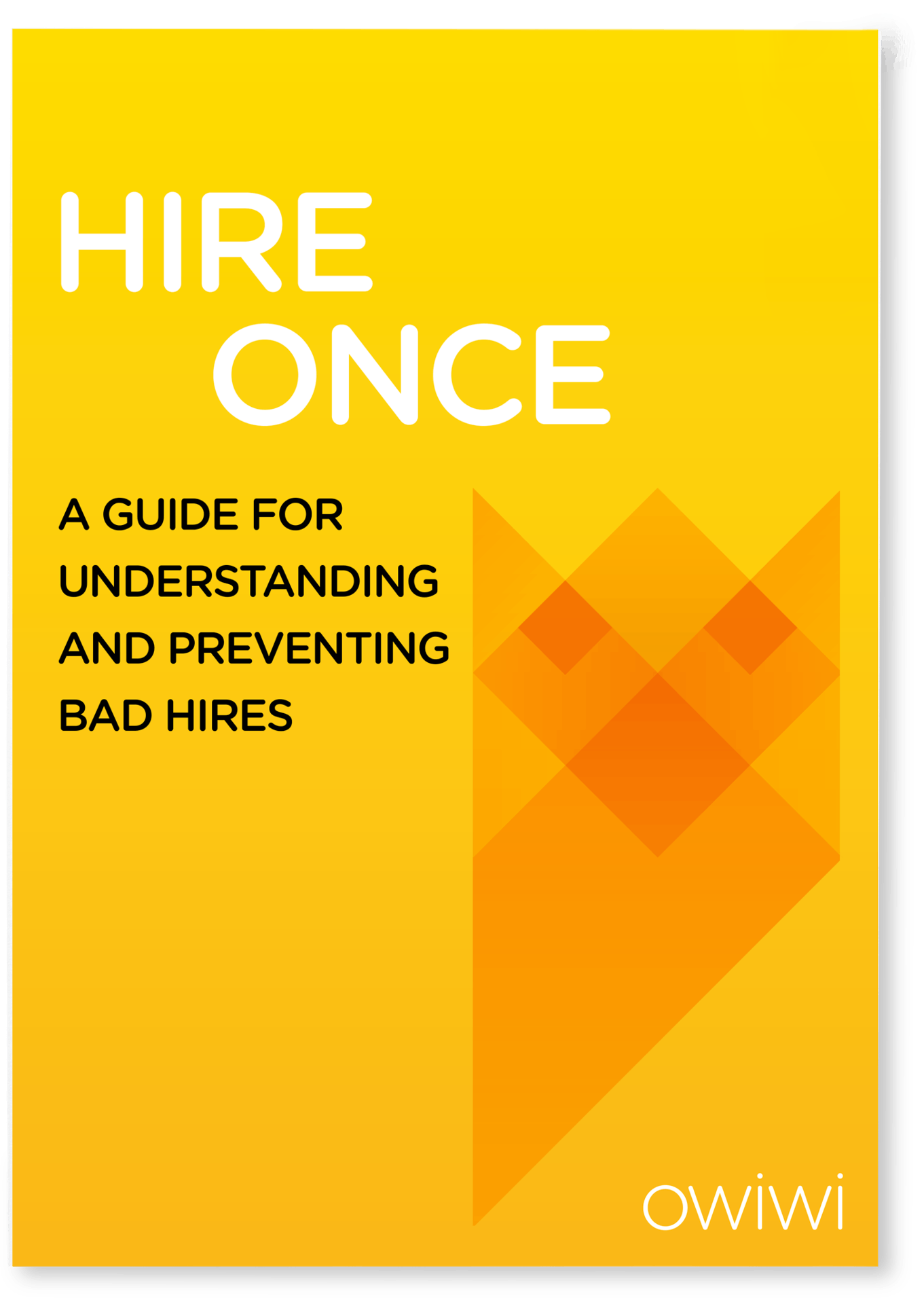The modern organization, riding the tailwinds of the internet, including professional social networks, job boards and a multitude of other resources finds it easier to hire for open positions than ever before. On the flip side, missing effective employee engagement strategies across the organizational hierarchy, it is equally easy to see dissatisfied and unengaged employees churn out and look for fresher pastures.
Simply hiring, without a subsequent policy in place that tracks employee performance and engagement once a person is in their role, is a recipe for bad outcomes. Engaging employees with the goal of building a long-term mutually rewarding relationship with the organization cannot, however, be done by going through the motions of an annual compensation review process, that is a relic from an earlier era.
The key to engaging employees across the management hierarchy lies in the adherence to a formal conversation, feedback and goal setting process that covers the following broad objectives:
- The organization’s vision and its strategy towards meeting OKRs (Objectives and Key Results) needs to be crystallized and communicated at every level of the hierarchy, in a way that every employee can relate to in the context of their own objectives. For an engineer, it might be in the form of providing clarity towards the end-customer impact of their work. A product manager on the other hand, might need more context around the market and competitive landscape, for certain executive decisions that have product implications. For a marketing leader, helping them define a product narrative that aligns with the company’s long term narrative, will be critical. This process needs to be repeated at every level in the hierarchy, so effective communication by managers at every level becomes a core and mandatory skill, and not a good-to-have.
- The organization should be committed to ensuring that communication between managers and reportees is ongoing (and not episodic) and that feedback goes both ways. To make sure that relevant feedback from the very bottom of the hierarchy can find visibility at the executive level, it is a must that conversations at every level of the hierarchy devote some time to a review of the feedback from the level below. For example, if sales people in the field are picking up on competitive feedback and pass it on to a sales leader, the communication process should allow for this to pass to executives, and from there on to the relevant product and engineering teams, in a timely manner.

- Goal Setting of objectives and key results, at every level, need to take into account the aspirations of the individual. In the modern workplace, employees conflate their vision of professional growth with personal growth, and it is key that it is taken into account by managers. Product managers with the ability and desire to shape product narratives, who want to branch out into a career in marketing, need to be nurtured. In a similar vein, senior managers who desire to grow into executive roles, need to be helped into growing new skill-sets, whether through mentoring or by professional coaching by performance coaches.
- A culture that shares successes and takes accountability for setbacks collectively, is a culture with the most fertile ground for high performing employees to shine and grow. Positive outcomes, in terms of key results met that have a positive effect in terms of the organization’s strategic goals, need to be highlighted and celebrated not just within the team, but communicated up the hierarchy. The outsized effects of this relatively small gesture can go a long way towards building deep bonds between the individual and the organization. Conversely, setbacks should be analyzed not from the point of assigning blame, but reviewing what went wrong in an objective, data-driven way, across the entire decision-making hierarchy.
Employee engagement, and trust in the organization’s vision, needs to be developed at an atomic level at every interaction at every level in the hierarchy. Only then does this have a compounding effect across the organization and becomes a core part of the culture. In the final analysis, formal processes that drive open communication up and down the hierarchy, while being cognizant of the individual’s aspirations, are the bedrock upon which employee engagement is built on.










